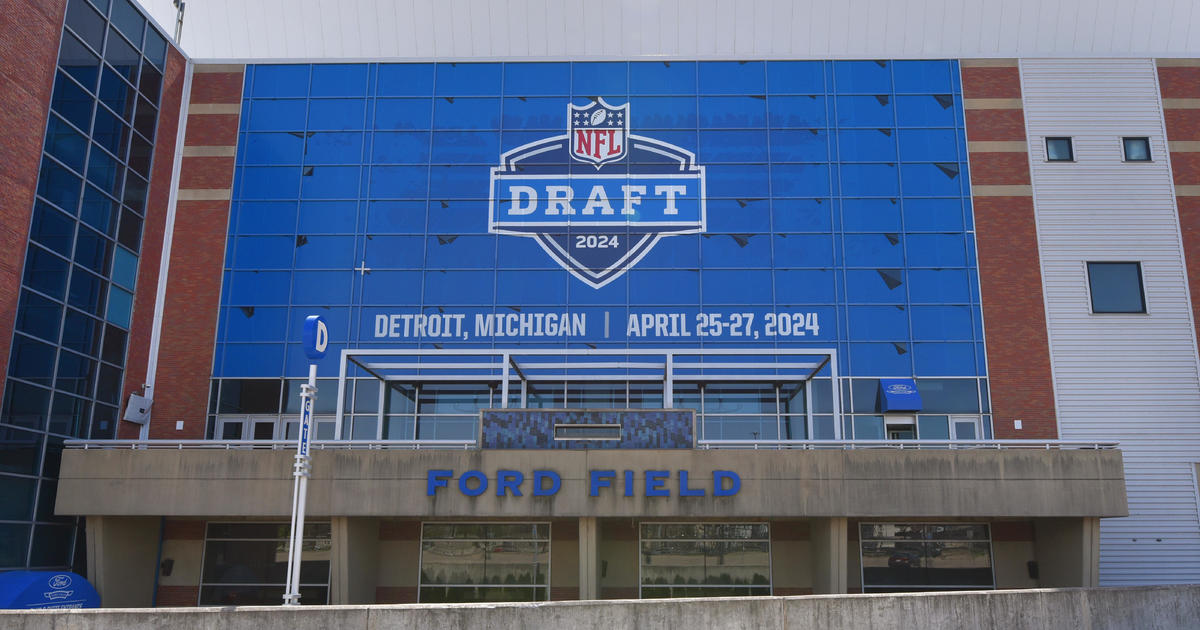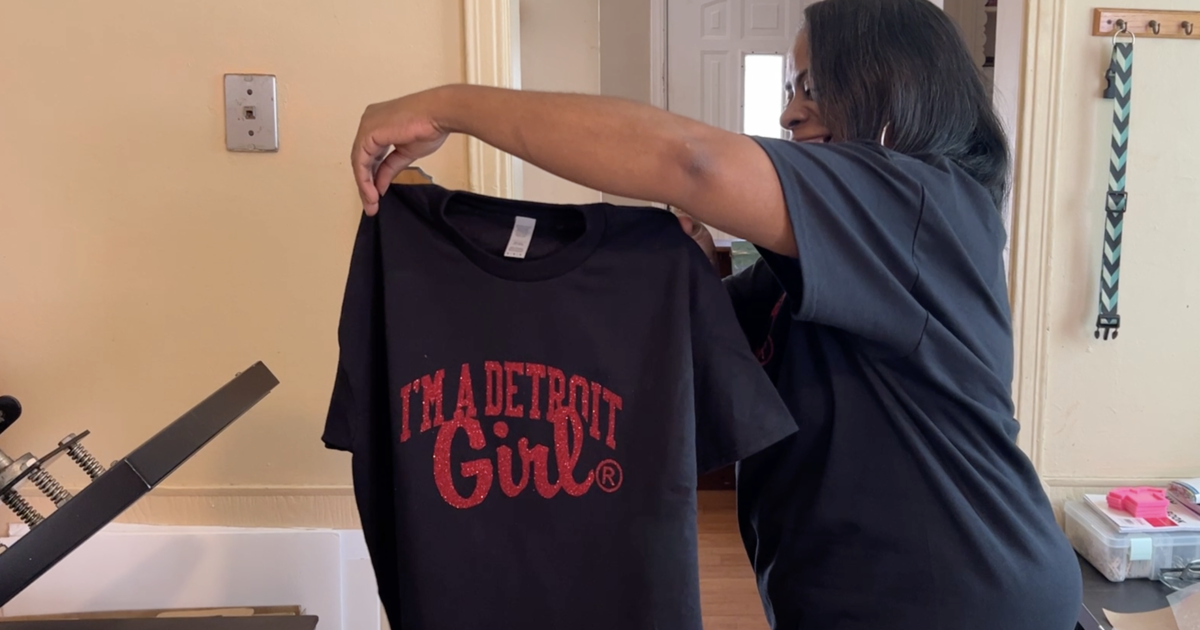Early American History Myths You Probably Believe
Myth: America became independent July 4, 1776 when the Declaration of Independence was signed.
 Photo Credit: Spencer Platt/Getty Images
Photo Credit: Spencer Platt/Getty Images
Although celebrated as "Independence Day" and America's birthday, the United States was not an independent country on July 4th, 1776.
The Second Continental Congress proclaimed sovereignty with the Declaration of Independence on that date, but America was not free from Great Britain until the American Revolution was over and the Treaty of Paris was signed September 3, 1783. Until then the United States was not formally recognized as an independent nation.
Another common misconception is that the Declaration of Independence was signed on July 4th. Thomas Jefferson drafted the document between June 11th and June 28th, 1776 and Congress approved the final version on July 4th, but the signing ceremony did not occur until August 2, 1776.
There was apparently little pomp and circumstance at the ceremony. Each signer simply came forward and added their signature. Also, the signers' names were kept secret until January 18 of the next year because the British considered the act treason and members of Congress feared retaliation.
Myth: There were 13 original colonies.
Yes, there are 13 stripes on the flag representing them, but technically there were only 12 colonies that rebelled against British rule in 1775. Delaware was never its own colony, but rather a part of the Pennsylvania colony until declaring itself an independent state on June 15th, 1776.
Then known as the lower counties, Delaware did have a separate Assembly, but was under Pennsylvania governorship. However it is very true that Delaware was the first state to ratify the Constitution, doing so on December 7, 1787 and earning bragging rights.
Myth: Betsy Ross designed and sewed the first American flag.
Americans commonly believe that seamstress Betsy Ross was asked by George Washington to help design and sew the first American flag. This patriotic myth has secured its place in children's books, paintings and school teachings. But in actuality, flag historians do not believe this tale to be true.
The story of Betsy Ross and the flag did not appear until 94 years after the supposed event when her grandson William J. Canby presented the tale in a paper written for the Historical Society of Pennsylvania in 1870. However, there is no historical evidence or documentation to support this account. The story became popular after it was widely published following the Civil War, and the healing nation embraced the patriotic tale.
Although any number of flag makers in Philadelphia at that time may have sewn it, the early flag design with 13 stars in a circle is commonly dubbed "the Betsy Ross flag."
Myth: George Washington had wooden teeth.
George Washington suffered from dental problems throughout his life. He lost his first tooth at age 22, and by the time he was inaugurated in 1789 he had only one natural tooth remaining. He eventually lost all of his teeth and owned many pairs of dentures in his lifetime. However, contrary to the popular legend, none of his dentures were made of wood.
Forensic laser scans of Washington's dentures show that the sets were made from elephant and hippopotamus ivory, gold, lead, human and animal teeth -- often those of horses and donkeys. They also fit poorly, distorting his mouth and speech and causing him a lot of pain.
It is uncertain where the wooden teeth myth originated. One story told is that due to poor hygiene his teeth had an unsavory brown tone, and to try to cover up the truth people said that his dentures were made of wood. Others say he had a fondness for red wine, which stained them, or speculate that the discolored condition of his surviving dentures led people to think they were wooden.
Myth: Paul Revere warned, "The British are coming!"
The legend goes that on April 18th, 1775, Paul Revere rode through the streets from Boston to Lexington, Massachusetts yelling "The British are coming!" to warn of the invading army.
In fact, Revere never yelled "the British are coming!" and it wouldn't have made much sense if he did because most people in Massachusetts at the time considered themselves to be British.
Much of the well-known Paul Revere story is fabled and appears to have been spurred by Henry Wadsworth Longfellow's poem "Paul Revere's Ride." The poem is a very fictionalized account of the famous ride, but the extremely popular text is often misinterpreted as truth.
Myth: Young George Washington chopped down a cherry tree and could not tell a lie.
Washington is a man of many myths, and the cherry tree story is another with no documented proof.
According to the fable, young Washington was very fond of his hatchet and one day chopped down a cherry tree in the garden. When his father found the tree cut down and asked him about it, young Washington replied, "Pa; you know I can't tell a lie. I did cut it with my hatchet."
The tale is usually attributed to Mason Locke Weems, who wrote the book The Life of Washington shortly after the president's death. The story was written to underscore Washington's honest nature. A fake story about telling the truth!
Myth: The Constitution was written on hemp paper.
 Photo Credit: EMMANUEL DUNAND/AFP/Getty Images
Photo Credit: EMMANUEL DUNAND/AFP/Getty Images
There is a legend that the Constitution, Declaration of Independence, and Bill of Rights were all written on hemp paper. This claim is often made by people in favor of legalizing marijuana, as hemp is fiber made from the marijuana plant. However, all three documents are written on parchment, which is treated animal skin.
Although it is true that paper at the time was commonly made from hemp, so it is possible that some drafts were written on hemp paper.
Myth: The Liberty bell rang out America's independence on July 4th, 1776.
 Photo Credit: TOM MIHALEK/AFP/Getty Images
Photo Credit: TOM MIHALEK/AFP/Getty Images
The Liberty Bell was not rung in Philadelphia on July 4th to herald America's independence. This story is often credited to writer George Lippard from his book Legends of the American Revolution written in 1847.
It is more likely the Liberty Bell was rung four days later on July 8th when the Declaration of Independence was read to the public for the first time, but this is unconfirmed as well.
Also, the bell was not called the Liberty Bell until the 1830s, when Abolitionists adopted it as a symbol of the anti-slavery movement.
Charli James is a 20-something writer, reporter and editor. Raised in Nashville and the Virgin Islands and schooled at American University in Washington, DC, she now lives in New York City. Follow her at twitter.com/CharlianneJames








